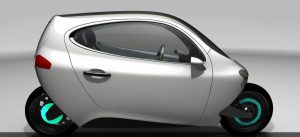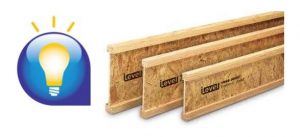Auto Fill For Life.
There was a story today in the NYT about the potential ascendancy of Google’s digital assistant over all others. Over Siri, Cortana and Alexa/Echo. If not Google, who? Assistant voice recognition is getting there as is voice response. But it’s machine learning that will make or break the digital assistant business. And one can imagine Google has a leg up with all of the data it has on us.
Do you ever find yourself driving around looking for directions and wondering why your nav. assistant doesn’t know you better? I do. Or why you phone can’t make your life easier with repetitive functions? Like an auto fill life? I do. A learned (pronounced learn-ed) assistant is going to be an amazing help to us. It will save time, energy and planetary resources. The possibilities are truly endless.
As it stands now (according to the NYT), Siri owns the phone, Echo owns the home, and Facebook Messenger rules the streets – when you’re out and about. Google’s digital assistant, which I’m sure will have a much cooler name than Google Assistant aspires to be the lone assistant. (Learn-Ed is actually kind of a nice name. Hmm, you listening Learn-Ed?)
Anyway, should be a fun ride and amazingly profitable.
Peace.


